The Galapagos Islands was the number one destination I wanted to dive at, and I had the chance to do so in October 2019. This experience turned out to be one of the most thrilling adventures of my life. Here’s a detailed account of my journey, along with useful tips and insights for anyone planning to dive in this unique and breathtaking location.
Diving Options in the Galapagos
Day Trips and Short Liveaboards
There are different ways to explore the underwater world of the Galapagos. You can choose day trips from the islands, short liveaboards to dive around the islands, or opt for longer liveaboards to visit the famous dive sites Wolf and Darwin.
If you’re diving around the main islands on a day trip or a short liveaboard, you need a bit of luck. You might have an extraordinary dive surrounded by hammerheads, dolphins, sea lions, and other shark species, or you might not see much at all.
Longer Liveaboards: Wolf and Darwin
However, if you decide to dive Wolf and Darwin, you’re almost guaranteed to witness schools of hundreds of hammerhead sharks, Galapagos sharks, reef sharks, and, if you’re lucky, even a whale shark (best spotted from June to November).
Best Season to Dive
July to November: Dry and Cool Season
The dry and cool season runs from July to November. Many advanced divers prefer this time because there’s a higher chance of seeing whale sharks, which are among my favorite creatures. However, be prepared for chillier waters (as low as 15°C) and choppier seas. Whale sharks thrive in plankton-rich waters, which can reduce visibility to around 10 meters.
December to June: Wet and Warm Season
From December to June, the wet and warm season offers generally better visibility and calmer seas. Water temperatures can rise to 24°C, making it more comfortable. This season is perfect for spotting manta and eagle rays, especially between December and April.
Diving Difficulty and Equipment Recommendations
The Galapagos Islands are known for their strong currents, particularly around Wolf and Darwin. Most liveaboards require divers to have at least 30 dives under their belt, and an Advanced Open Water Certification is highly recommended.
Equipment Tips
- Wetsuits: Given the cold waters (as low as 15°C), a 7mm wetsuit or a dry suit with a thick hood and gloves is advisable. The gloves are not just for warmth but also to protect your hands when holding onto rocks.
- Safety Gear: Always carry a surface marker buoy (SMB) and an Emergency Positioning Indicating Radio Beacon (EPIRB) or personal location device. Adhering to the guides’ safety tips and local regulations is crucial.
My Diving Experience in the Galapagos
Arrival and First Dives
We began our journey with a dinner on the boat docked at San Cristobal. We set sail overnight to our first dive site, Punta Carrion. Although this site wasn’t spectacular, it served as a good warm-up with relaxed dives to get used to our equipment and weights.
Land Excursion to North Seymour
In the afternoon, we visited North Seymour for a bird-watching trip. A guide led us through the small island, where we saw frigates and the famous blue-footed boobies, along with their babies. We also spotted numerous marine iguanas, one of the island’s endemic species. It was a fantastic start to our adventure.
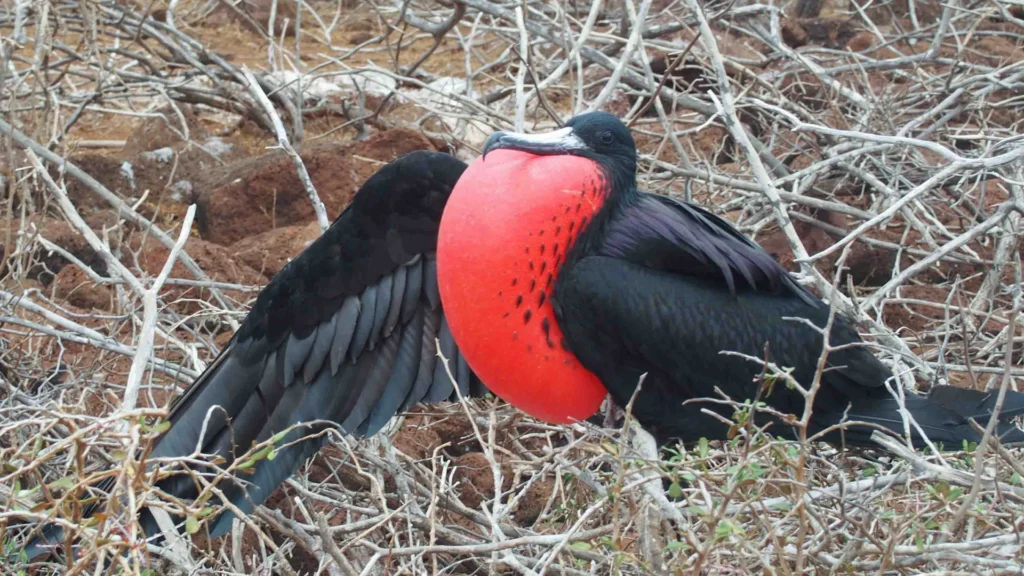
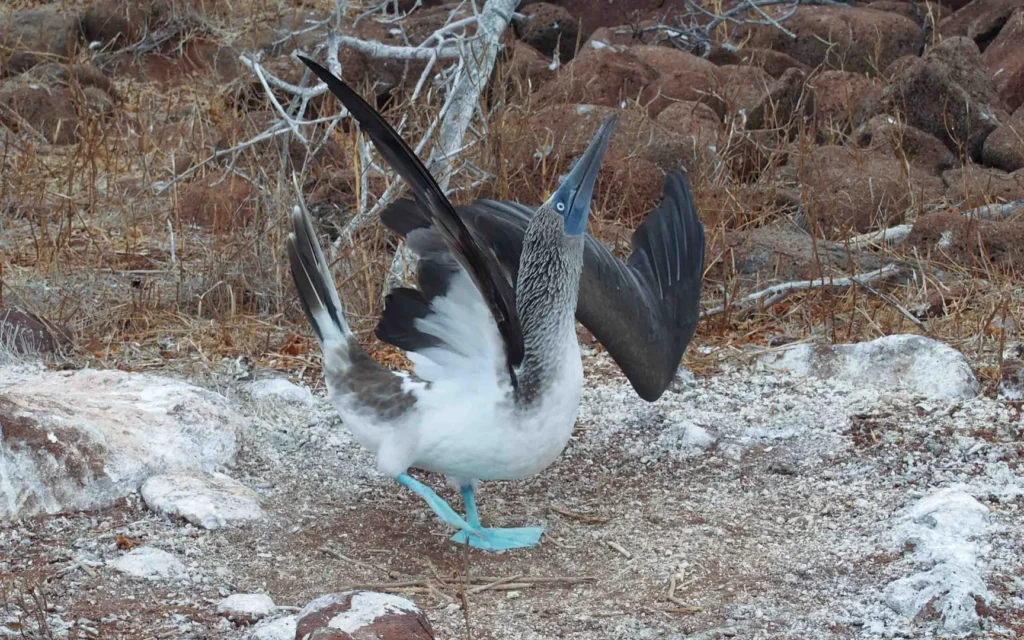
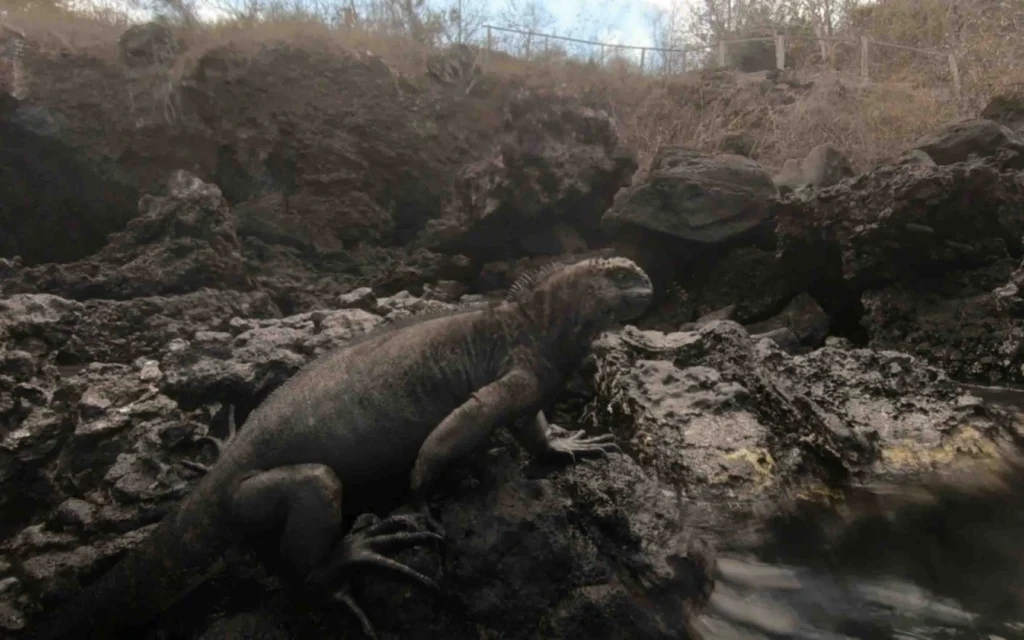
Diving at Wolf Island
The 20-hour journey to Wolf Island was smooth, and we arrived ready for action. The main dive sites here are Shark Bay and Landslide. After a briefing, we performed a negative entry (quickly descending after entering the water). The current was stronger than expected, but we managed by grabbing onto rocks and waiting for the magic to happen. Soon, we were surrounded by hammerheads, and between dives, we snorkeled with dolphins and even saw four orcas from a distance.
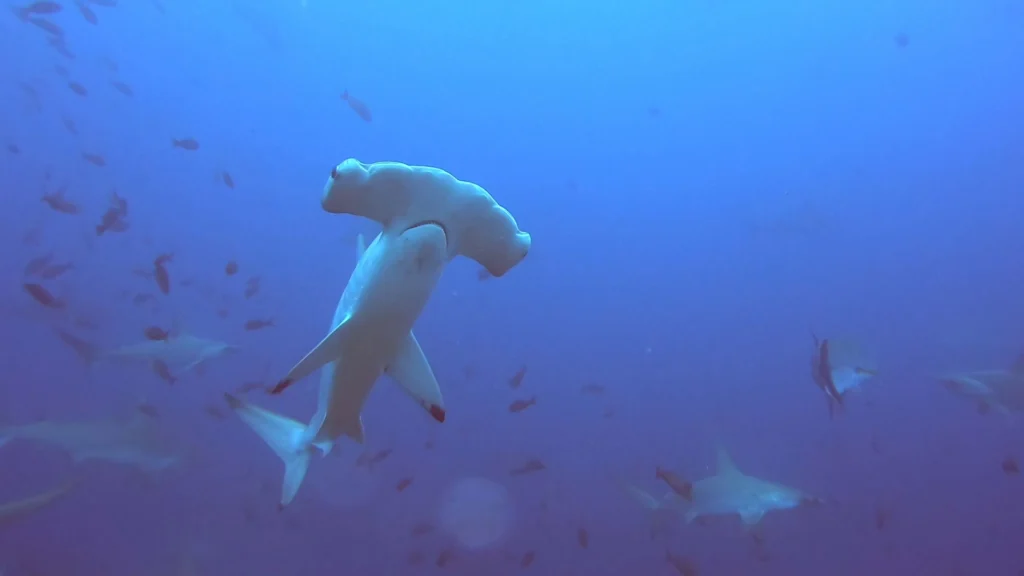
Exploring Darwin’s Arch
The next day, we split our dives between Wolf and Darwin. Darwin’s Arch, a renowned dive site, didn’t disappoint. We witnessed hundreds, possibly thousands, of hammerhead sharks and even a whale shark during our safety stop. The experience of being close to such magnificent creatures is indescribable.
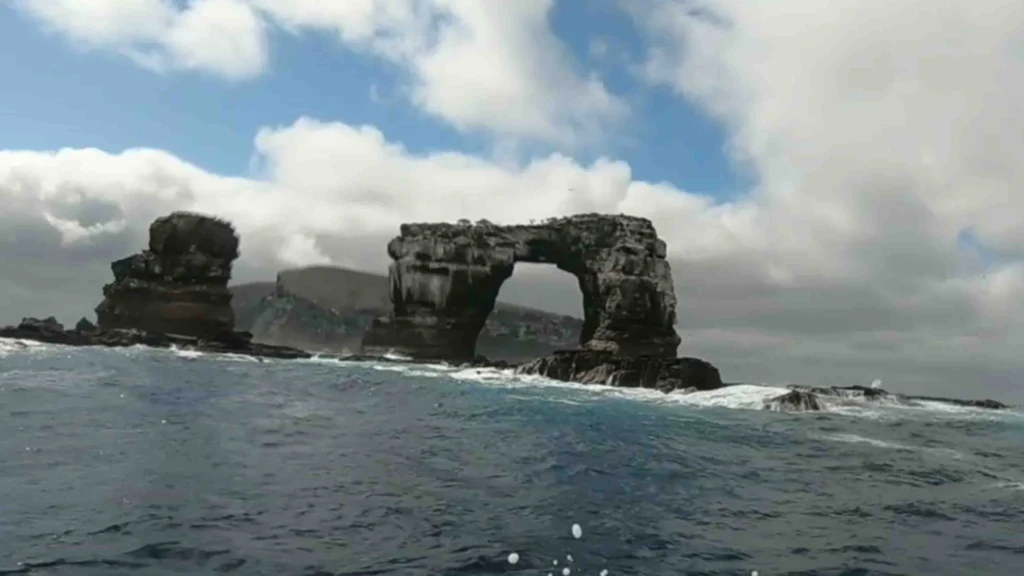
Unforgettable Moments at Darwin’s Arch
The fourth day at Darwin’s Arch was the highlight of my trip. We saw multiple whale sharks and countless hammerheads. During one dive, a huge pregnant whale shark passed by. I decided to follow it for a closer look, experiencing a strenuous but exhilarating swim in the currents. After ensuring my safety, I surfaced with unforgettable memories etched into my mind.
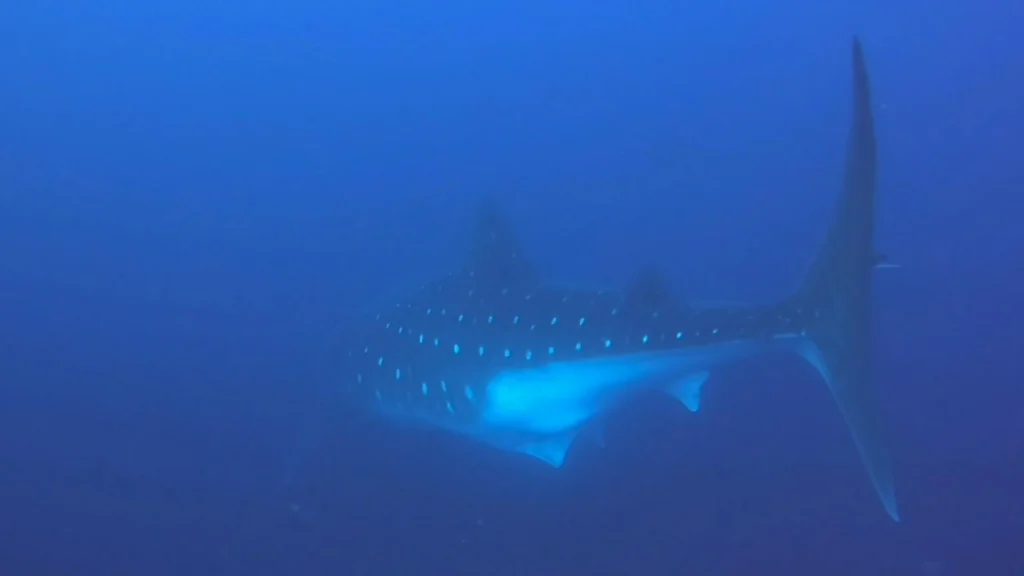
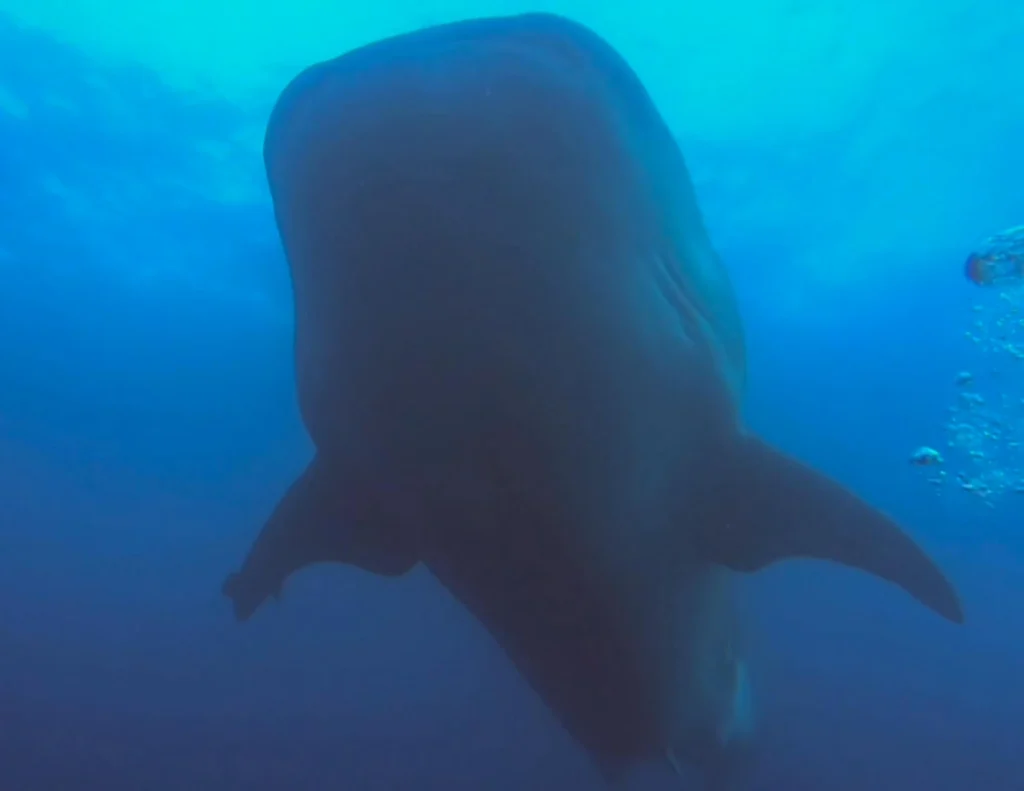
Return to Wolf Island
Our journey back to Wolf Island was rough, and I regretted not taking seasickness pills. However, the dives that followed made up for it. We continued to see hammerhead sharks and even some dolphins during our final dives. The boat ride back to Santa Cruz was a time of celebration and reflection on the incredible adventure we had.
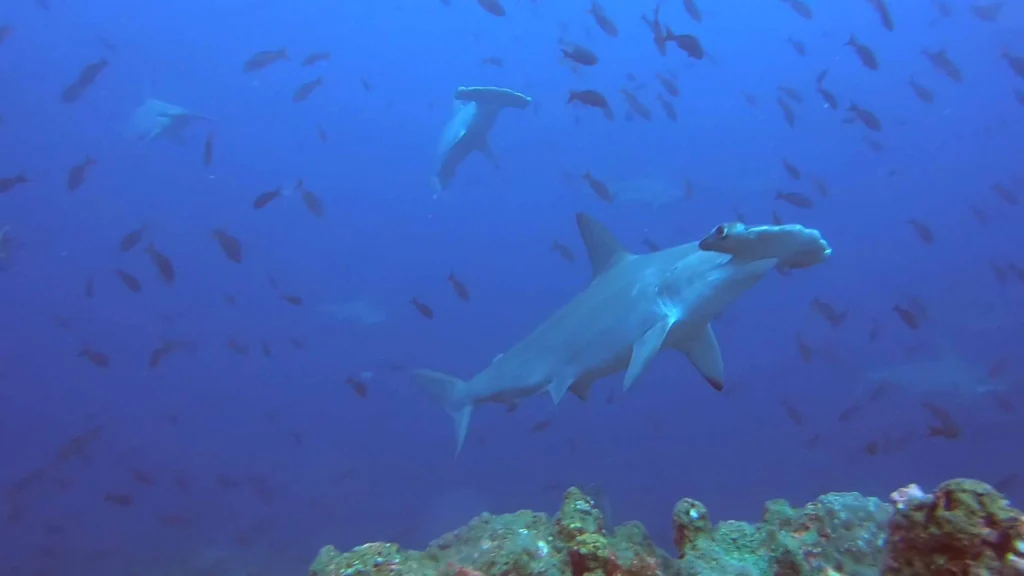
Final Dives and Land Excursion
We wrapped up our diving with two dives at Cousin’s Rock, followed by a visit to the highlands of Santa Cruz to see the famous giant tortoises. The sight of these ancient creatures was the perfect way to end our trip. We spent our last evening in Puerto Ayora, enjoying the local brewery and reflecting on our journey.
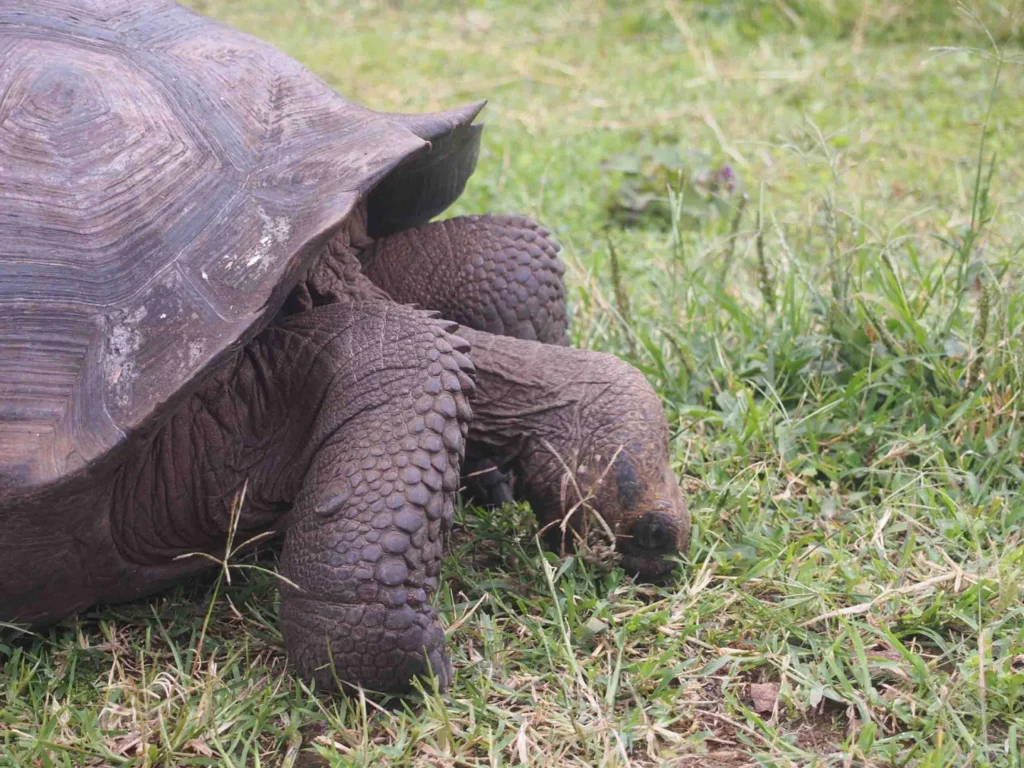
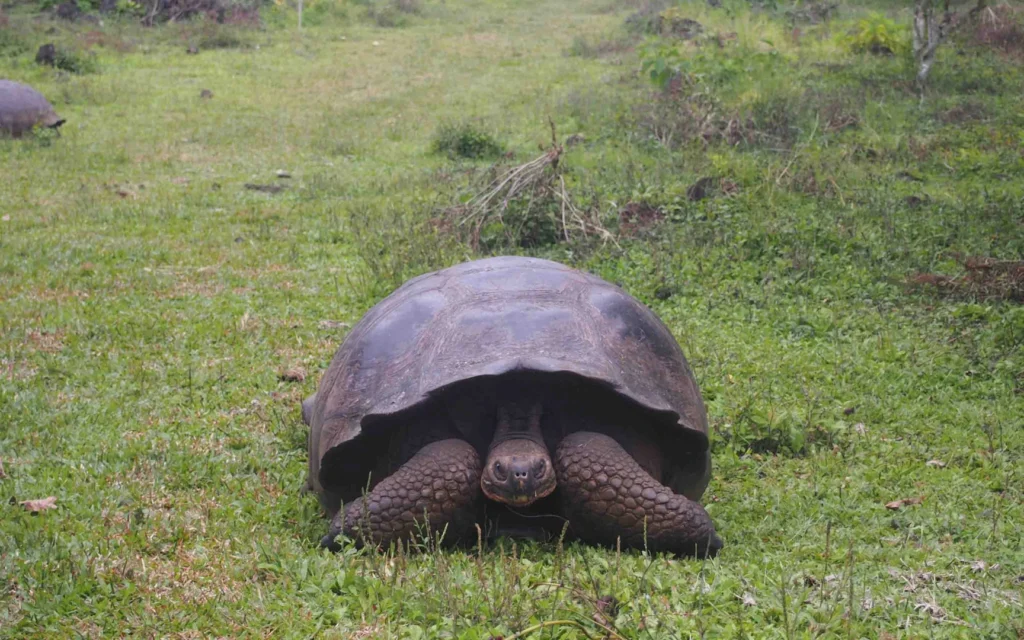
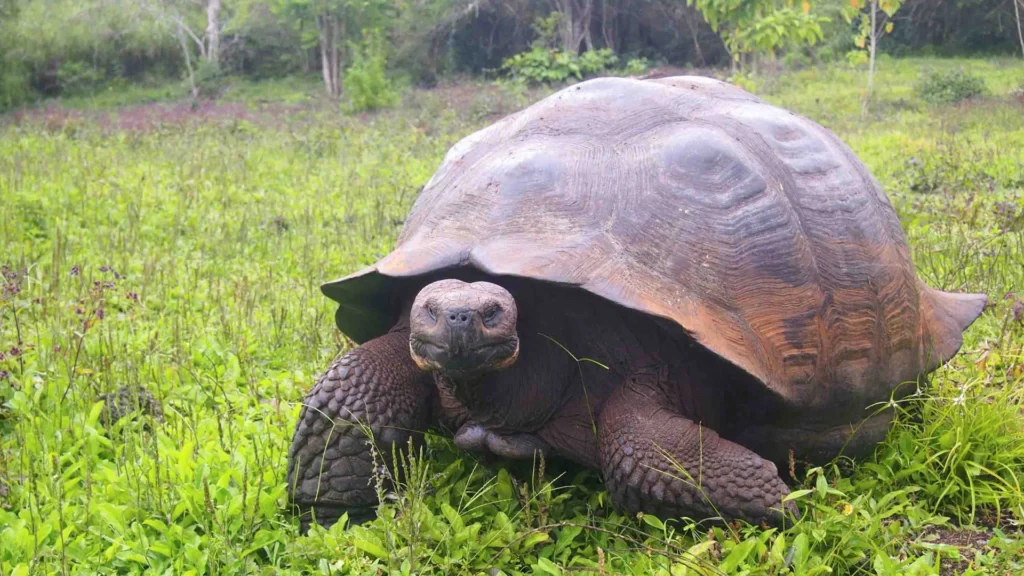
Conclusion: The Ultimate Bucket-List Destination
Diving in the Galapagos Islands is an unforgettable experience. While it can be challenging and requires a significant investment, the rewards are immense. The diverse marine life, strong currents, and unique underwater landscapes make it a must-visit for any serious diver. Despite the high costs—at least $5000 USD for a liveaboard—the experience is worth every penny.
If you’re considering diving the Galapagos, ensure you’re well-prepared with the necessary certifications, equipment, and safety gear. This adventure will undoubtedly be one of the most memorable diving experiences of your life.
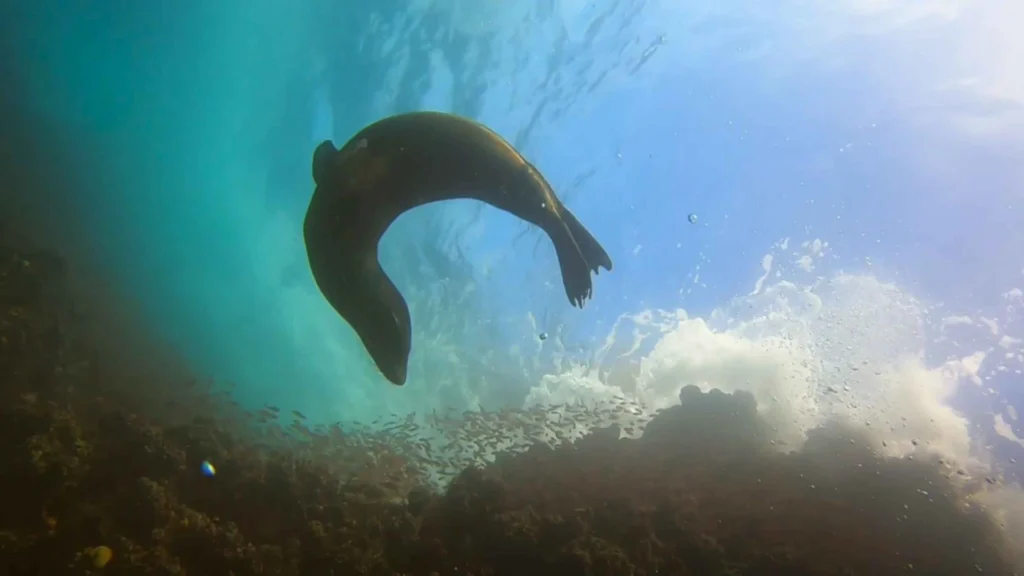
Help us by supporting our blog
We want to give you honest reviews and keep this blog free. Therefore we added some affiliate links that might give us a commission at no additional cost to you. Support our blog by booking through our partners.

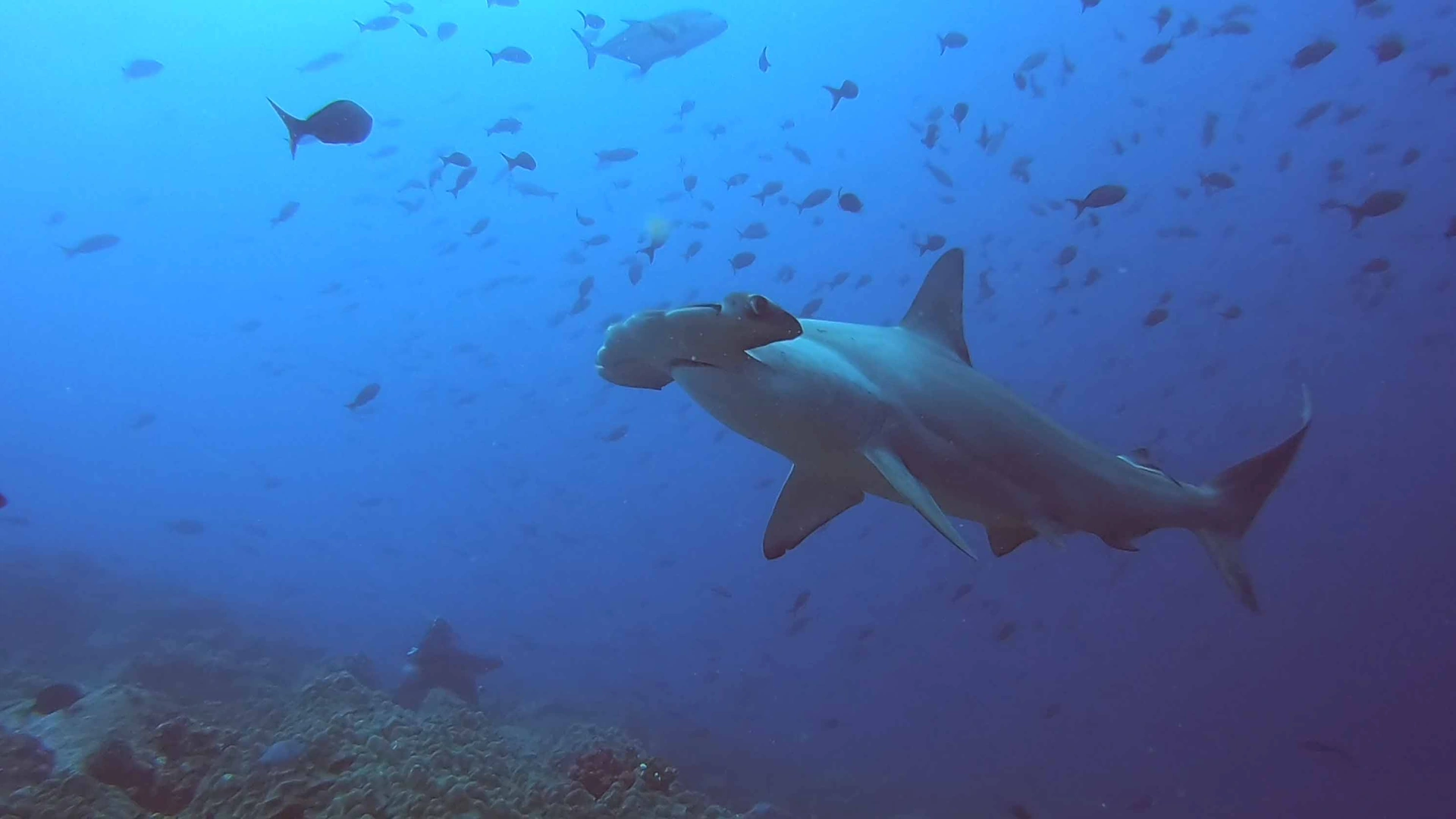
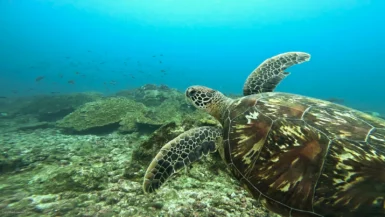
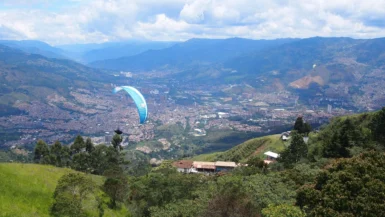

Leave a reply